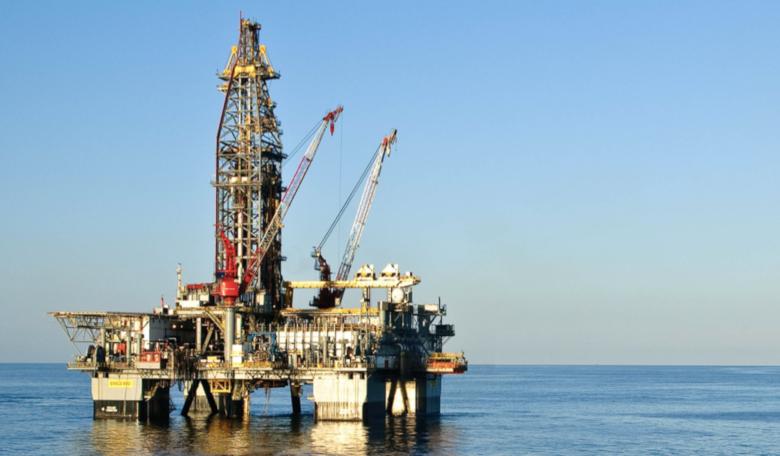Elon Musk’s SpaceX has bought two deepwater oil rigs near to the company’s rocket development facility in Boca Chica, Texas and is in the process of converting them into floating launchpads.
Stationed in The Port of Brownsville, a deepwater seaport located at the southernmost tip of Texas, the two rigs were bought last year from Valaris shortly before the offshore rig company filed for bankruptcy.
Once formally known as ENSCO 8500 and 8501, public records show that the two rigs were sold for $3.5 million each in August 2020 to an undisclosed buyer.
That buyer turned out to be Lone Star Mineral Development LLC. Lone Star was incorporated in June 2020 and registered in the name of Bret Johnsen; the CFO and President of the Strategic Acquisitions Group at SpaceX.
Constructing a floating launch pad at sea is seen as a strategic move by SpaceX to facilitate frequent launches of its super heavy lift launch vehicle, Starship, to avoid noise concerns by the general public.
Work to modify the offshore platforms is now underway, which have now been renamed Phobos and Deimos after the two moons of Mars.
The purchase of the oil rigs was first identified by reporters for the NASASpaceflight website, who scrutinised job offers with SpaceX for “Offshore Operations Engineers in Brownsville,” and from tweets by Musk hinting at the acquisition.
“SpaceX is building floating, superheavy-class spaceports for Mars, moon, & hypersonic travel around Earth,” tweeted Musk in June last year.
Starship is Musk’s huge stainless steel spaceship that the billionaire entrepreneur plans to use to build colonies on both the Moon and Mars. Once complete, Starship could launch as many as 100 people at a time, an achievement Musk thinks could be attainable about six years from now, possibly earlier.
“If we get lucky, maybe four years,” Musk said at an award show webcast from Berlin, Germany in November last year.
Currently up to its ninth iteration (SN9), its predecessor, SN8, recently performed its first high-altitude flight before crash landing and exploding as a brilliant fireball. SN9 hopes to build on Starship’s rapid progress by perfecting the landing sequence.











